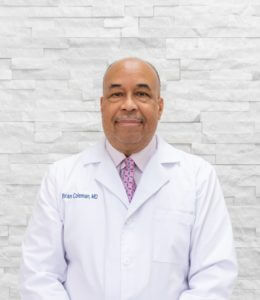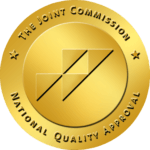Non-Surgical Orthopedics
At University Orthopedic Care, we are committed to providing a comprehensive suite of non-surgical solutions to our patients throughout Florida. Our aim is to offer high-quality care that alleviates pain, enhances mobility, and improves the quality of life for people dealing with a broad spectrum of orthopedic conditions. This includes a wide range of non-surgical solutions, like cortisone shots.
Our team of expert providers has specialized knowledge in the field of orthopedics and is dedicated to creating personalized treatment plans for each patient. We believe in trying to avoid invasive surgical procedures when possible, focusing instead on innovative, non-surgical techniques that can provide relief and aid in recovery. Our approach ensures that patients receive the best care suited to their individual needs while minimizing the need for surgery.
If you have a broken bone, fracture, or sprain, or have recently undergone a surgical procedure, it is likely your provider may recommend a cast or brace to treat your condition.
Casting refers to the application of a plaster or fiberglass bandage to the treatment area in order to stabilize and immobilize the affected joint or bone. This is often done in the aftermath of a fracture, break, or sprain. The cast works by restricting movement of the treatment area, allowing the injured bone or tissue to heal while reducing pain and swelling.
Orthopedic braces are important tools designed to align, support, and hold damaged parts of the body, especially the muscles and bones. They play a vital role in managing various orthopedic conditions by reducing pain, enhancing mobility, and providing stability during the healing process. By aligning joints and bones correctly, braces prevent or correct deformities and aid in the recovery and rehabilitation of patients after injuries or surgeries.
Steroid injections, also often referred to as cortisone shots or corticosteroids, help alleviate pain and reduce inflammation in the treated areas. It is likely your provider will recommend a steroid injection in the event you are experiencing pain in your joints, whether that be your elbows, shoulders, knees, hips, or wrists. Cortisone shots are generally limited to three to four treatments per year.
Hyaluronic acid injections are also commonly referred to as viscosupplementation treatments and are generally used as a minimally invasive treatment for arthritis. Hyaluronic acid is a naturally occurring fluid within the body that lubricates and pads the joints. When bones start to scrape together due to severe arthritis, it can cause a great deal of pain for our patients. These hyaluronic acid injections work to replace lost hyaluronic acid within the joints, reducing the scraping and discomfort by adding additional lubrication and padding once again.
Platelet-rich plasma (PRP) therapy has risen in popularity over the years for its ability to reduce pain in the treated areas using more holistic methods. PRP is a component of the blood that is rich in regenerative properties. When PRP is extracted from a sample of the patient’s blood and reintroduced into the body, it works to reduce inflammation and pain while aiding in tissue repair and bone regeneration. This results in a solution that provides patients with long-term relief.
Stem cell therapy is a form of regenerative medicine that involves the injection of ethically sourced amniotic materials into the treated area. These materials contain multiple proteins, growth factors, and cytokines to reduce inflammation and restore damaged bone or muscle tissues. This treatment is typically recommended in conjunction with PRP therapy for ultimate results.
Cortisone Shots Near Me in Florida
The expert doctors at University Orthopedic Care look forward to meeting you so you can start living your life without limits once again. If you have any questions about the non-surgical orthopedic treatments that we can offer to you and your loved ones, including cortisone shots, please contact us today. To get started on your journey to greater mobility and reduced pain, we encourage you to request an appointment with one of our specialized physicians.









